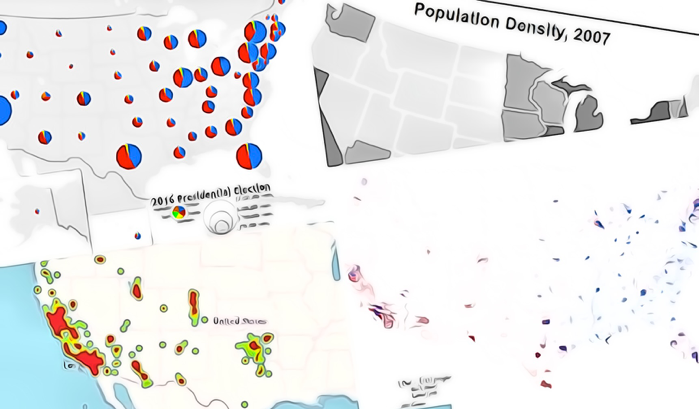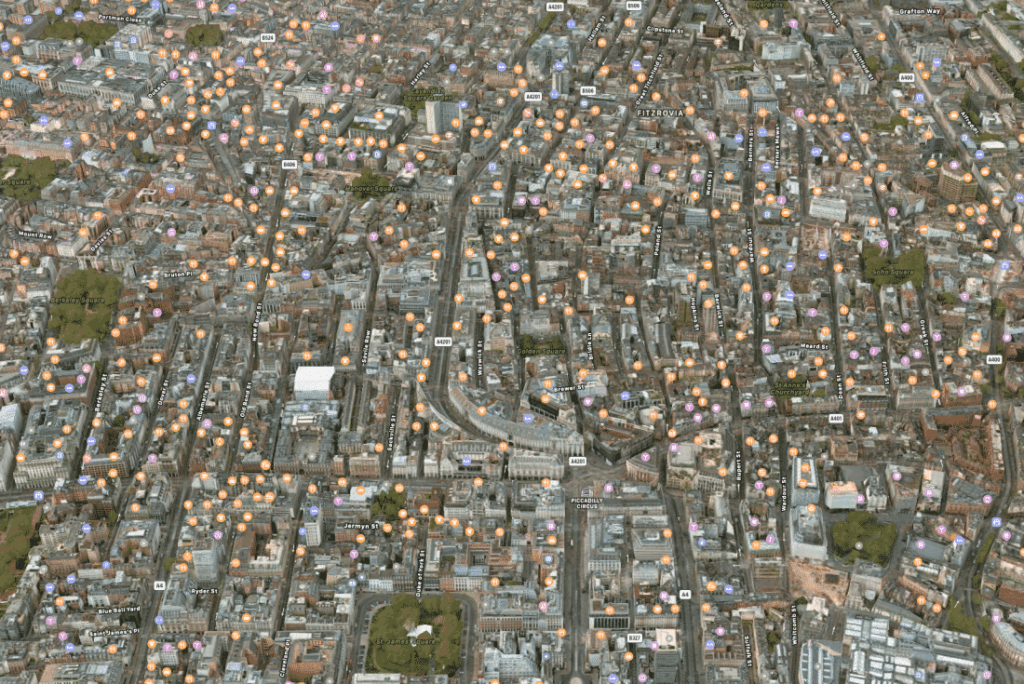Location is a powerful tool to understand how audiences move in the offline world. It is being used across a number of industries, fuelling everything from innovative mobile apps to providing detailed intelligence and analytics around device movement.
For these applications to prosper the data that underpins them needs to be accurate. This is not always the case. We’d like to talk about some of the attributes which make location data reliable and actionable.
Table of Contents
Accuracy and precision

These two things sound similar. But in the world of location, there is a subtle distinction. Accuracy refers to how close the measured location is to the actual location of the device. Precision refers to how close together a number of separate measurements are.
The precision provides the granular insights that overlay the accurate data sets. At Tamoco we add this precision through sensors and our proprietary SDK.
How we determine device location

Tamoco uses sensors that exist on our network to help with issues in accuracy.
The Tamoco SDK identifies these sensors which are in ‘known locations’. This allows the SDK to determine where the device is in relation to wither Bluetooth or wifi signal booster strength.
In some locations, GPS location can be inaccurate and imprecise. For example, inside a shopping centre where the GPS signal is not as strong. This is where Tamoco’s sensor-driven approach provides extra precision.
What are the sensors and what are the benefits?
Beacons
Beacons provide very accurate and precise data. These sensors can be used to place devices with an accuracy of 1m. Beacons are the most precise location sensor that is widely deployed.
WiFi
Very useful in identifying precise location in densely populated areas. These sensors help identify device location in areas such as shopping malls and large buildings.
GPS
Under the right conditions, GPS can be extremely accurate. The signal quality deteriorates quickly when the device is indoors and in areas where the device does not have an unobstructed view of GPS satellites.
The Tamoco SDK uses multiple sensors simultaneously to identify the location of the device. Often the device location is constantly updated as more sensors are identified. The SDK uses this information to determine context and then discount outliers in the data.
This process of identifying location can be visualized as a linear process. In this process, the Tamoco SDK uses a number of sensors to validate and adjust an initial location signal to a finalized and verified location, in the form of latitude and longitude.
Other factors that help to identify location

We use other device information to identify the accuracy of each location signal. We use vertical and horizontal accuracy to show the reliability of the lat-long derived from the device.
These fields are intended to provide transparency around location signals. Tamoco wants to include these so that partners, developers and clients can understand the level of accuracy in every data point that they process.
Standardizing this into an industry-wide and agreed measurement is the next step. Only location data providers with inaccurate data sets will have a reason not to adopt these standards.
Benefits
Why is this relevant for publishers?
These levels of accuracy mean that app partners can maximize their CPMs from the monetization of location signals. Many monetization partners pay higher amounts for accurate data sets. They are, unsurprisingly, unwilling to pay for data that is either inaccurate or imprecise.
If you use location in your app experience adding extra accuracy and precision will boost the experience for users. Delivering location-based communication and contextual app experiences are more likely to be a success with greater location accuracy.
Why is this important for data buyers?
Of course, the most important thing for a data buyer is the accuracy of the data. This is true regardless of the desired use.
Accuracy in location data means that insights are more reliable. Targeting is more effective. Using location data for complex tasks like visit attribution is nigh on impossible if the data is unreliable.
All data buyers should be sure that the location data they use is verified. Location data providers should be able to explain their methodology in detail to demonstrate that data sets are precise.



Leave a Reply